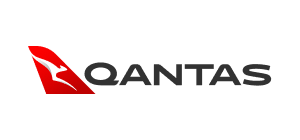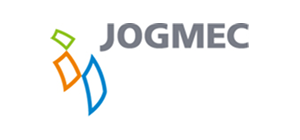Investment Target1
US$5 billion2

Our Scope 3 GHG emissions approach includes the introduction of new products and services into our portfolio, like hydrogen and CCS which can help our customers avoid or reduce their Scope 1 and 2 GHG emissions.
Scope 3 GHG emissions matter to Woodside because they are the Scope 1 and 2 GHG emissions of our customers and suppliers.
Scope 3 GHG emissions occur inside our value chain but outside our operations. For example, the emissions from a supplier’s activities when providing us with goods and services, or from a customer’s activities when they are using our products.
As our customers decarbonise there is a risk that they may no longer be able to use our products (and suppliers may not be able to deliver to us) in the same way or at the same cost. As a result, Scope 3 GHG emissions are a guide to how our customer’s and supplier’s decarbonisation may impact our business.
A measure of our exposure to Scope 3 GHG emissions is the life cycle intensity of our portfolio (Scope 1, 2 and 3 GHG emissions, per unit (megajoule) of energy that we produce and sell).4 Woodside’s intensity is lower than the oil and gas sector average due to the weighting of our portfolio to natural gas.
For more information on emissions performance against
industry benchmarks see the Climate Update.
assessing investments for their resilience to the energy transition
diversifying our portfolio by investing in new energy products and lower-carbon services that can avoid or reduce customer emissions
supporting our customers and suppliers to reduce their emissions and reach their Scope 1 or 2 targets
promoting consistent global measurement and reporting emissions.
Woodside is working to diversify its portfolio by adding new products and services alongside our existing products, where we believe we have a competitive advantage to supply them successfully through the energy transition.
Woodside has a Scope 3 investment target aiming to invest $5 billion in new energy products and lower-carbon services by 2030 as well as a complementary emissions abatement target, to take final investment decisions on new energy products and lower-carbon services by 2030, with total abatement capacity of 5 Mtpa CO2-e.7,8,9 The investment target tracks our work to develop new energy projects and bring them to market. The emissions abatement target tracks their potential impact on customer emissions.
In addition to investing in new energy products and lower-carbon services, we plan to support our customers and suppliers to help them reduce their Scope 1 and 2 GHG emissions; and promote global measurement and reporting.
Woodside has been implementing climate-related requirements into new tenders and contracts since 2023, which includes evaluating tenders based on climate criteria and reporting carbon emissions during contract execution. To support our suppliers, we have been engaging them via existing forums and also encouraging them to bring forward emissions reduction opportunities.
These levers are supported by our work to promote global measurement and reporting, including our own publication of transparent disclosures.

In 2024, we extended our membership of the Qantas Sustainable Aviation Fuels Coalition (SAF Coalition) which we joined in 2022. The SAF Coalition supports the purchase by Qantas of SAF, reducing Qantas Scope 1 GHG emissions and also business air travel Scope 3 GHG missions by around 0.9 kt CO2-e for each member.10

Woodside and the Japan Organisation for Metals and Energy Security (JOGMEC) signed a memorandum of understanding (MOU) centred on their joint interest in methane emissions management.11,12 Titled Methane Emissions Technology Reduction and Innovation Collaboration (METRIC), the MOU will see JOGMEC introduce Woodside to Japanese organisations looking to collaborate on technology development related to the detection and quantification of methane emissions.
Over the three-year term of the MOU, Woodside will seek to deliver on METRIC’s aims, furthering knowledge on methane emissions management and developing possible options for future digital or technology commercialisation collaborations.